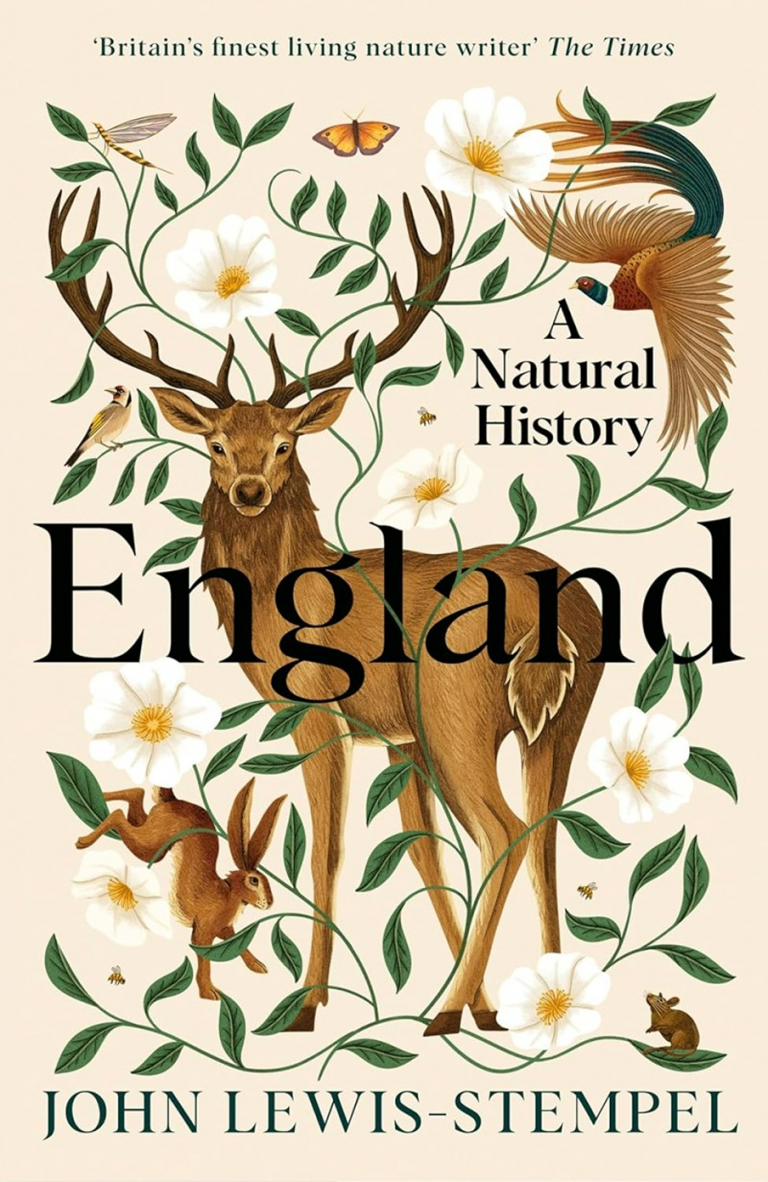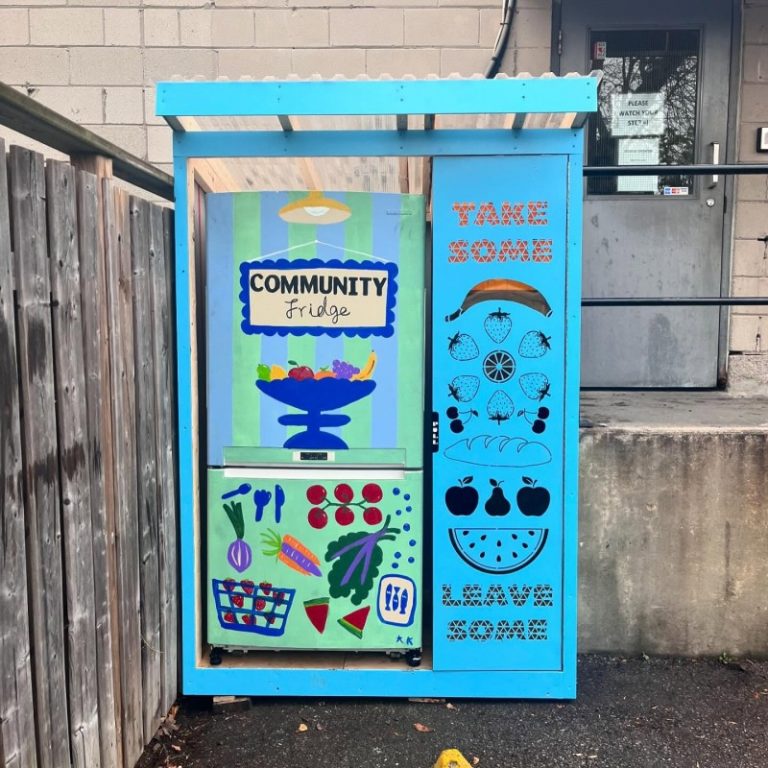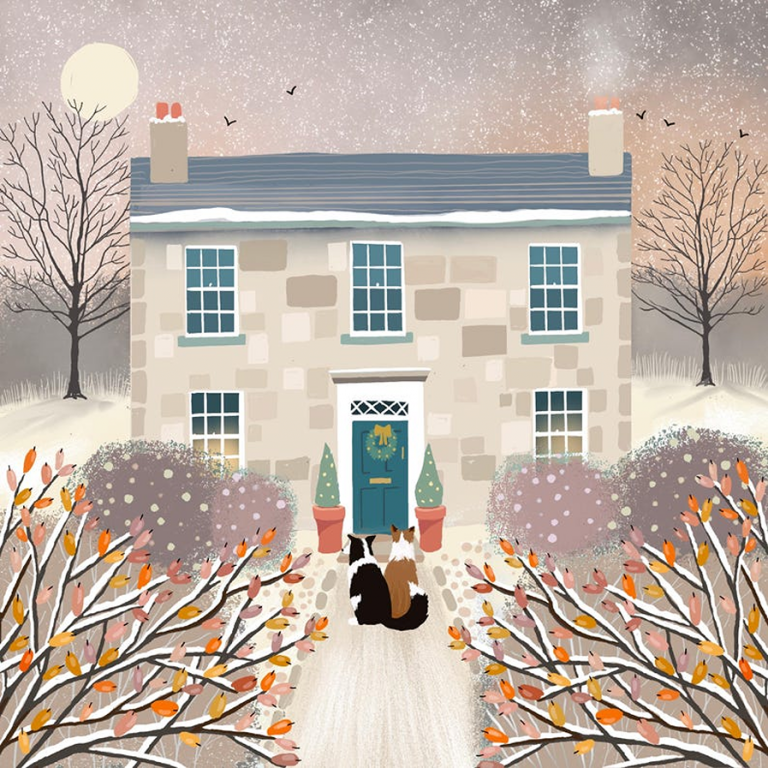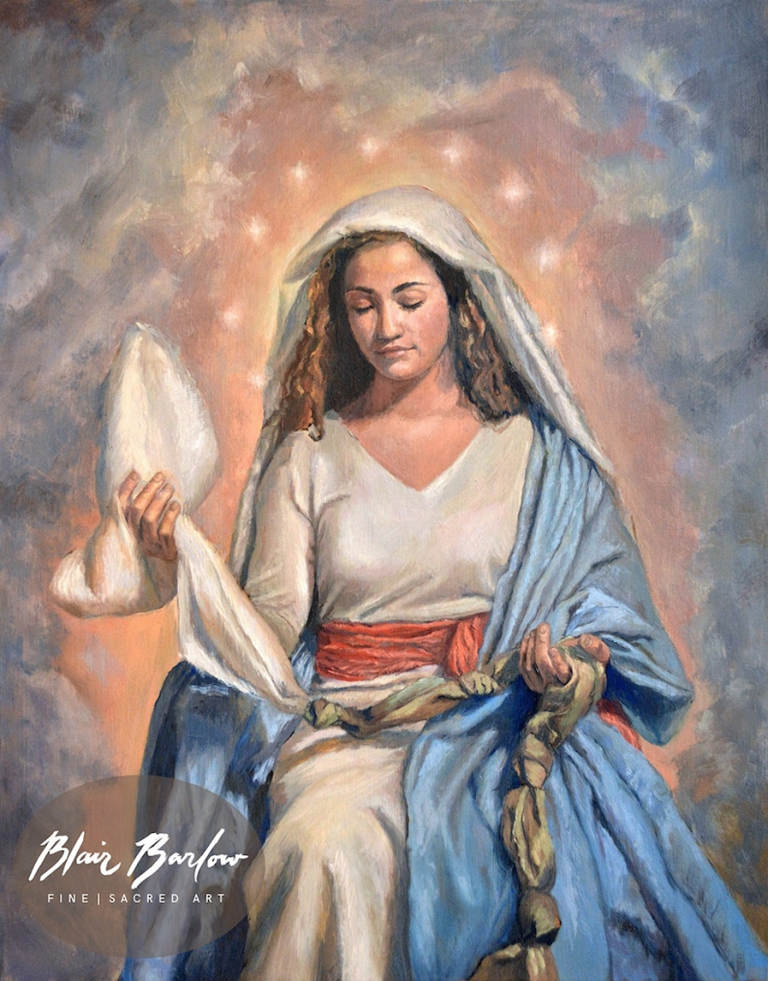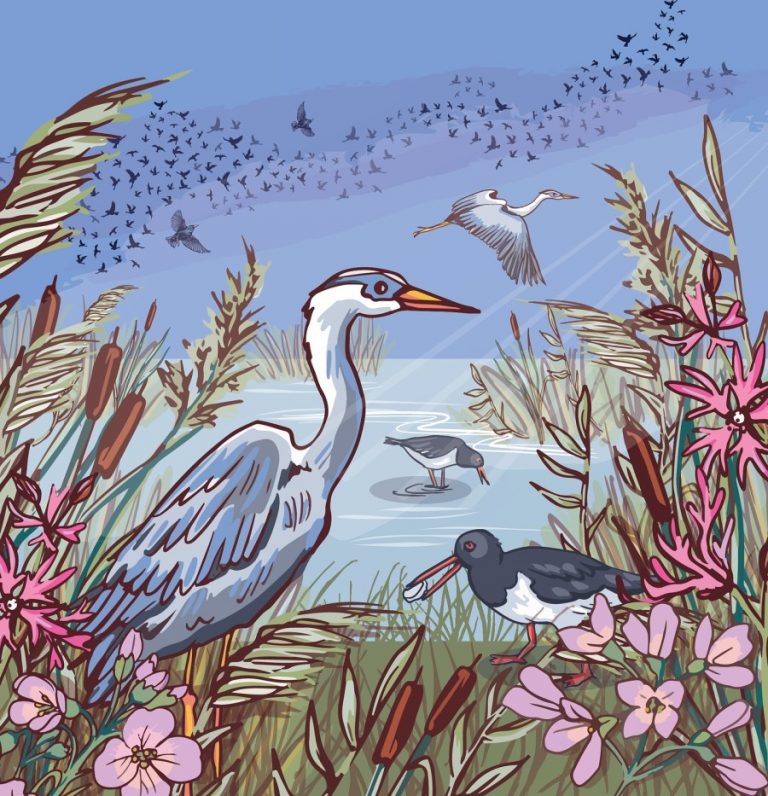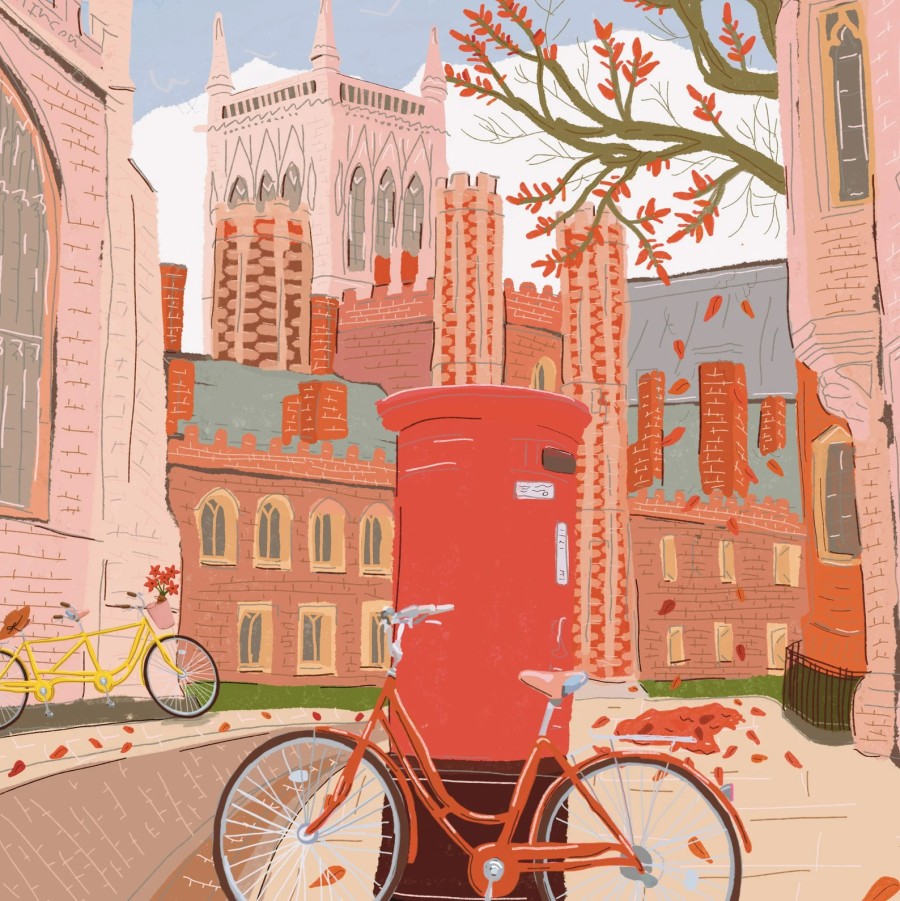
Cambridge mixes world-famous universities with old-world charm and a lively arts scene. The River Cam winds through the city, where you’ll spot iconic college buildings and locals punting or just enjoying the view.
This post gives you a down-to-earth look at what makes Cambridge unique, including its colleges, river activities, must-see sights and festivals. Whether you’re planning a visit or just curious, this guide helps you get the most out of Cambridge’s style and spirit.
If walking in nature, always follow the Countryside Code, to keep dogs and barnyard friends safe.
Cambridge University and Its Colleges
It’s almost impossible to picture Cambridge without its university. For more than 800 years, the colleges have shaped every part of city life. The students, researchers and their colleges make up the heart of Cambridge and draw people from all over the world.
Walking through the city, you feel the weight of its past along with the fresh energy of its ideas and discoveries.
Founding and Early Years
Cambridge University started small in 1209, when a group of scholars arrived from Oxford looking for a quieter place to think and teach. They settled in this East Anglian town, mixing quietly with locals who traded, farmed and ferried across the River Cam. The first students lived simply in rented homes and small halls, with lectures held wherever there was free space.
The university grew alongside the town, both in size and spirit. By the late 1200s, formal colleges started appearing. These were more than schools. Colleges gave students food, a place to sleep, and everyday rules.
Over time, town and gown lived in a sometimes uneasy partnership, but it’s thanks to this slow, steady growth that the city’s centre became such a patchwork of courtyards, chapels and ponds. Cambridge’s unique college system, with each college acting almost like its own village, still shapes how the university runs today.
Core Colleges and Their Charms
Cambridge isn’t just one big campus. It’s a collection of 31 colleges, each with its own identity and quirks. Some colleges are grand and famous, while others are cosy and hidden behind old walls. Four standout colleges often catch the spotlight:
- King’s College: Famous for its beautiful Chapel, King’s stuns visitors with soaring stonework and stained glass. The college lawn rolls right down to the river’s edge. Each Christmas, millions tune in to watch the King’s College Choir, filling the Chapel with soaring voices.
- Pembroke College: Opened in 1347, Pembroke’s medieval courts blend into lush gardens. You’ll find the city’s oldest working Chapel here. The college looks pretty traditional, but it’s known for welcoming students from all walks of life.
- St John’s College: The Bridge of Sighs (don’t confuse it with the Venetian one) links old college buildings over the cam. The college spans both sides of the river, showing off its mix of Tudor brickwork and Victorian touches.
- Trinity College: With its huge courtyards and grand gates, Trinity can feel like its own small town. Isaac Newton studied here, and the college library holds treasures ranging from Newton’s personal notebooks to ancient manuscripts.
These colleges do much more than provide a place to learn. Their different traditions—like singing formal grace before dinner or May Balls that last all night—keep Cambridge’s spirit alive.
Academic Excellence and Research Impact
The name Cambridge stands for serious brainpower. It’s often at or near the top of world university rankings, and it’s behind breakthroughs that have shaped history. The university is home to more than 100 departments. Research here has led to the discovery of DNA’s structure and the building of the world’s first programmable computer.
Cambridge’s impact is global. Every year, students and researchers arrive from more than 150 countries, drawn by labs and libraries, the cross-pollination of ideas and a constant flow of talks and seminars. It’s one of the world’s most international learning centres.
Cambridge shines in fields like:
- Science and Technology: Home to 121 Nobel Prize winners, breakthroughs in physics, medicine, and maths start in its halls and labs.
- Humanities: Literary research, history, philosophy, and linguistics thrive through rich archives and close-knit college communities.
- Business and Start-Ups: The “Silicon Fen” around the city hosts hundreds of start-ups sparked by university research.
This steady mix of old and new keeps Cambridge on the map for discovery and innovation.
Notable Alumni and Cultural Influence
Cambridge graduates have made marks on every corner of culture. Their stories show what’s possible when talent meets a place that values curiosity and debate. A quick look at the alumni roll call reads like a who’s who:
- Scientists: Sir Isaac Newton (physics), Rosalind Franklin (DNA research), Stephen Hawking (cosmology).
- Writers and Poets: Sylvia Plath, E.M. Forster, A.A. Milne (the creator of Winnie the Pooh).
- Musicians: Pink Floyd founders Syd Barrett and Roger Waters, both began their music journeys at Cambridge.
- Actors and Comedians: Emma Thompson and John Cleese, of Monty Python fame, both polished their sketches at the Footlights theatre group.
The reach of Cambridge doesn’t stop at science and art. Its thinkers helped shape laws, policies, even how we see the natural world. Graduates go on to start debates, write books, win Nobel Prizes and fields medals, and spark new trends every year.
The city breathes this heritage, from pub corners where discoveries were announced to college halls where world-changing ideas took root.
River Cam and Punting Traditions
Life in Cambridge always circles back to the River Cam. The city bends and grows around it. College walls open up to lush riverbanks, and old streets lead down to the water.
The river ties the town together, both as a backdrop for university tradition and the spine of weekend adventures. No visit to Cambridge feels right without time spent on or beside its gentle flows.
History of the River Cam
The River Cam has shaped Cambridge’s growth for centuries. It carved out the land long before the first stone colleges appeared, making the area fertile and attractive to early settlers. In the medieval years, the Cam provided a main route for trade.
Barges floated up and down, bringing bricks, supplies, and even food into the heart of the city. Without the river, Cambridge never would have developed as a meeting point for scholars, merchants and craftsmen.
The river’s role changed over time. Trade slowed as railways came, and the Cam became a place for rest and play. Locals started swimming, fishing, and, most famously, punting. Over the years, punting became as much a symbol of Cambridge life as the colleges themselves.
Punting Basics for Visitors
Punting is the act of pushing a flat-bottomed boat (a punt) along the river using a long pole. It’s surprisingly easy to pick up, even for first-timers. You stand at the back of the punt and drop the pole straight down to push off the riverbed and steer.
Steering feels odd at first but soon becomes rhythmic, almost meditative, as you glide past weeping willows and college lawns.
If you want to try punting, here’s what to remember:
- Wear comfortable shoes that grip, as the boat floor can get slick.
- Keep the pole vertical; pushing at an angle leads to wobbles or worse, a quick dip in the Cam.
- Always push with your arms and shoulders, not just your hands.
- Take it slow near bends and bridges. Traffic jams happen more often than you’d think.
- Watch for other boats and give way to those coming downstream.
For many, punting feels more local than any guided tour or museum visit. You’ll see students floating by with friends, their laughter echoing over the water, and couples picnicking in the punts. Even on grey days, there’s a slow joy to drifting along, taking in centuries-old college backdrops.
Famous Punting Spots
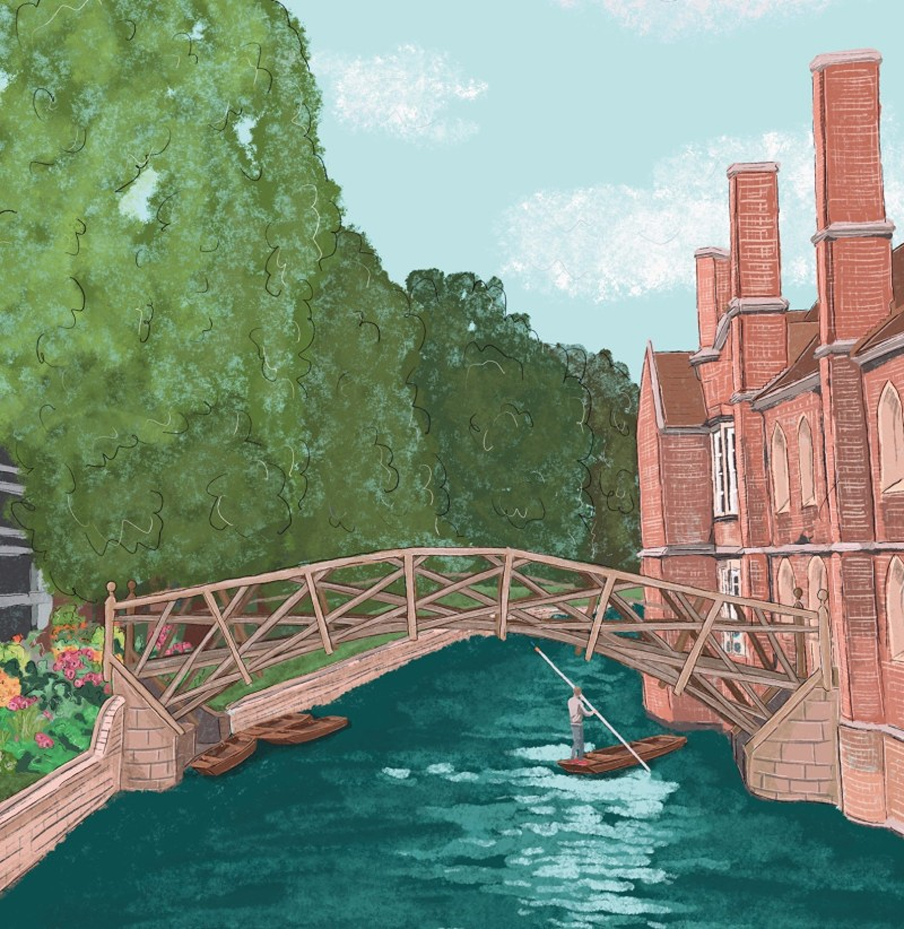
Some stretches of the Cam create postcard-perfect glimpses of Cambridge. The most popular route, called “the Backs,” glides you under arched bridges and past green lawns owned by the city’s oldest colleges. Rowers and punters share the water, weaving around each other with mixed skill and patience.
Keep your eye out for:
- The Backs: This stretch passes King’s College, Clare, Trinity, and St John’s. The view of college facades and manicured lawns is unmatched.
- Magdalene Bridge: Crowds often gather here to watch the punts go by. It’s also a key launch or return spot for many punters.
- Mathematical Bridge: Near Queens’ College, this wooden bridge looks like a puzzle. There’s a favourite local story, nearly always retold as punts float beneath.
- Darwin College Gardens: South of Silver Street Bridge, a quieter line along elegant gardens, often fuller of students than tourists.
These routes not only treat your eyes but also bring out the simple magic of the Cam, with new sights at every turn.
The Boat Race Connection
When spring arrives, the Cam comes alive in a new way. The annual Boat Race between Cambridge and Oxford usually takes place in London, but training sessions and college races fill the Cam with thunderous energy for weeks beforehand.
During the May Bumps and Lent Bumps, college rowing teams face off in pursuit of glory. Crowds line the banks, cluster under the bridges and shout themselves hoarse. The noise, splashing and fierce rivalry build a festival feel.
The connection with the main Oxford–Cambridge Boat Race runs deep. Rowers train along the Cam’s winding courses year round, and college teams dream of one day racing on the Thames in front of a worldwide audience.
Scenic Views and Photo Opportunities

Cambridge is built for photographs, and the river gives you many of the best angles. Sunlight reflects off the water, lighting up the ancient stone and green lawns. Here are key spots and tips for the perfect photo:
- King’s College from the backs: Shoot from your punt or riverbank as the spires and grand windows rise over rolling lawns.
- Bridge of Sighs: Best snapped from St John’s College or from your boat as you float under the elegant arches.
- Mathematical Bridge: Stand on Silver Street Bridge for a clean shot, or grab a view from your punt as you glide beneath.
- River bends near Clare and Trinity: Early morning or late afternoon brings soft light, perfect for reflections of colleges in the water.
- Newnham Mill Pond: Offers a tranquil scene, especially with rowers at sunrise or swans gliding across still water.
If you want your photos to stand out, look for symmetry, reflections in the water, or dynamic groups of rowers and punters. Early mornings and late afternoons bring golden light and fewer crowds on the river.
The River Cam is the thread that sews Cambridge life together, from trading days to punting traditions. Every stretch reveals a new view or story, tying past and present along its quiet waters.
Landmarks and Architecture
Cambridge wins people over not just with brains but with a look that’s all its own. Here, stone and history mix with unexpected shapes, spires, and a few wild stories. Each landmark has a unique character that brings the city’s story to life. Some are as grand as they come, while others are built on quiet tradition or quirky ideas.
King’s College Chapel: Gothic Beauty and a World-Famous Choir
King’s College Chapel is the showstopper most visitors expect when they picture Cambridge. Its late Gothic design is jaw-dropping from any angle. Look up, and you’ll see a fan-vaulted ceiling that seems to float above the stone. Sunlight filters through huge stained glass windows that tell stories in every square inch. Against the green of the college lawns and the backdrop of the river, the building feels timeless.
Inside, music brings the space alive. The King’s College Choir, made up of young choristers and students, fills the chapel with clear, perfect voices. Their evensong draws both locals and those simply wanting to lose themselves in the sound. At Christmas, millions tune in to the “Festival of Nine Lessons and Carols,” broadcast from this very spot.
Visitors line up year-round to tour the Chapel, not just for the architecture but for the feeling of standing in a place that has seen centuries come and go. Few places in Cambridge mix grand beauty and living tradition as well as King’s College Chapel.
The Mathematical Bridge: A Woodwork Wonder
The Mathematical Bridge, near Queens’ College, might get fewer leaflets than King’s, but its story travels far and wide. On first glance, it looks simple—a wooden bridge arched over the Cam, built with no obvious support in the middle. The trick lies in the clever geometry. Hidden triangles give the bridge its strength, making it easy on the eyes and solid underfoot.
A favourite local myth claims Isaac Newton designed it with no bolts, just maths and wood, and that students later took it apart and couldn’t put it back together. The real story is tamer, but the myth sticks. Newton died before the bridge was built, and iron bolts have always held it firm. Still, the rumour adds a touch of mystery to an already smart design.
People visit for the engineering, for the photos, and for the fun of seeing how a simple wooden bridge can spark this much curiosity.
Pembroke College Traditions: Quiet Customs
Pembroke College looks like a piece of medieval Cambridge, all courtyards and neat green gardens. But what really sets it apart is how it holds onto its own set of quirky traditions.
Two customs stand out:
- The Pembroke Feast: Twice a year, the college hosts a sprawling formal dinner. Students and tutors share the same old hall, meals are served by candlelight, and the evening kicks off with Latin grace.
- The Mummers’ Play: Each year, students stage an old folk play for the college and neighbours, keeping a centuries-old storytelling habit alive. It’s low-fi, home-grown and usually pretty funny.
Pembroke is known for being friendly, a bit less showy than other colleges, but really rooted in these traditions. The sense of community sticks with most who spend time there.
Quaker Meeting House: Stillness, Simplicity, and a Welcome for All

Away from the spires and busy quads, the Quaker Meeting House on Jesus Lane offers a space for quiet peace. Built in 1908 but with roots stretching further back, it stands out for its calm, open design. The building is simple—clean lines and unadorned rooms focus on light and comfort over grandeur.
The Meeting House played a key role in local peace efforts over the years. It has served as a spot for discussions about war, human rights, and social change, drawing people from all walks of life. Anyone can step inside for moments of stillness or to join a silent meeting.
This place reflects a different side of Cambridge’s spirit: open doors, warm welcomes, and the steady belief in community without fuss.
Culture, Music and Festivals
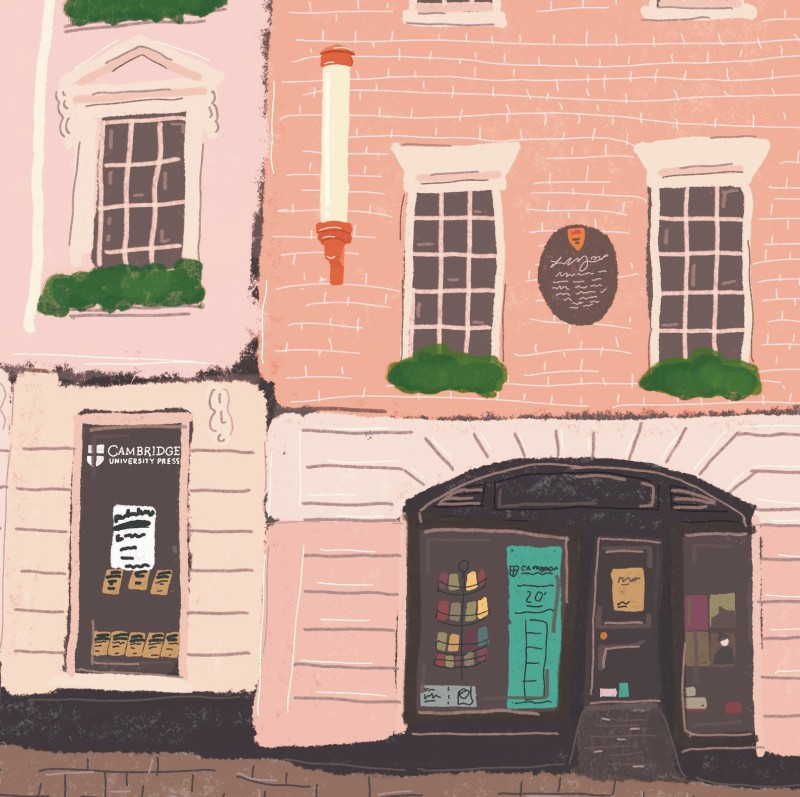
Cambridge pulses with life well beyond its colleges. The city’s streets carry notes of music, public art, and festival energy in nearly every season. You’ll find crowds heading to concerts, friends chatting over coffee in centuries-old pubs, and neighbours gathered at outdoor markets. Cambridge blends its historic setting with a fresh spirit, making every corner feel lively and welcoming.
Cambridge Folk Festival Overview
Every summer, the Cambridge Folk Festival turns Cherry Hinton Hall into a bright, bustling hive of music fans. It started in 1965 as a modest folk gathering and quickly grew into one of England’s longest-running folk music events. The festival sticks to its roots but always pushes beyond, booking a mix of folk legends, global artists, and new voices.
The line-up covers everything from classic folk and blues to indie, Americana, and world music. Past performers include legends like Joan Baez, Nick Mulvey, and Billy Bragg. You’ll catch big names, but there’s always room for local favourites and surprise acts on smaller stages.
What pulls crowds back each year? The festival’s relaxed spirit plays a big part. People sprawl on the grass, sip cold drinks, and get swept up in spontaneous jam sessions or late-night storytelling circles. Families, young music lovers, and even first-timers describe it as friendly and easy-going.
Music Scene and Pink Floyd Legacy
Music lives year-round in Cambridge, not just during festival season. The local scene bubbles up in small pubs, busy venues, and down-to-earth clubs. The Corn Exchange welcomes big acts and comedy nights, while The Portland Arms serves up indie bands, open mic nights, and weekend gigs for every taste.
Down by the river or tucked into a college lane, you’ll often pass a street musician or hear jazz leaking from a bar window. Student bands, folk trios, and solo performers mix with national tours, making the soundscape change almost nightly.
Pink Floyd’s early footprint is everywhere. Both Syd Barrett and Roger Waters practised their first riffs in city back rooms and played their first gigs here. Many fans still visit sites like The Anchor pub or Six Bells, where their music took shape. The dreamy, artsy air of Cambridge weaves through the band’s albums. Locals hold on to that legacy, some say you can almost trace “Floyd” guitar lines in the hush along the Cam on a misty night.
Local Arts and Street Performances
Art spills onto Cambridge’s pavements in joyful, unexpected ways. The city hosts a blend of public art installations that often stop you mid-walk. You might spot Antony Gormley’s sculpted figure perched on the façade of Jesus College, or find mosaics and murals brightening underpasses and park walls.
Street musicians are part of the daily rhythm. On Market Square or King’s Parade, violinists, folk duos, and drumming troupes fill the air with sound, drawing small crowds or applause in passing. The quality is usually high—many performers are students, graduates, or even local music teachers.
Pop-up galleries come alive during arts festivals or open studio seasons. Local artists hang their works in unexpected places, from cafes to college courtyards. The annual Cambridge Open Studios event lets you peek inside artists’ workspaces and talk with creators, making art feel personal, not just something behind glass.
Community Events and Markets
Community life in Cambridge is lively and hands-on. The central market in Market Square is open daily, with stalls selling farm veg, local fruits, baked goods, and handmade crafts. On weekends, the market hums with street food—from sweet pastries to spicy samosas. It’s an easy spot to people-watch, pick up lunch, or try something new.
Seasonal fairs pop up through the year. Mill Road Winter Fair turns the whole street into a stage for music, dance, crafts, and parades. Town Bumps week fills the riverside with rowboat races and cheering. The Big Weekend festival sprawls across Parker’s Piece with live acts, funfair rides, and community stalls.
These gatherings do more than sell goods or entertain—they stitch the city together. People catch up with friends, swap garden advice, and meet newcomers. Children run in the grass while older folks share stories or haggle for the best price on sourdough. Markets and fairs make Cambridge feel like a true community instead of just a student town.
Conclusion
Cambridge brings together its rich past, river traditions, striking buildings, and a culture that feels alive on every street. The blend of old colleges, the gentle flow of the Cam, and the steady beat of local music and festivals create a city that welcomes you in and keeps you curious.
There’s something special about seeing the city with your own eyes. Walking through college gateways, watching punters drift by, or sharing a pint in a historic pub all add new layers to what you know from books or photos. Cambridge rewards anyone willing to slow down and take it all in.

